Eurozone PMI manufacturing dropped to 55.5 in May, down from 56.2, missed expectation of 56.0, hitting 15-month low.
PMI services dropped to 53.9, down from 54.7, missed expectation of 54.7, hitting, 16-month low.
PMI composite dropped to 54.1, down from 55.1, hitting 18-month low.
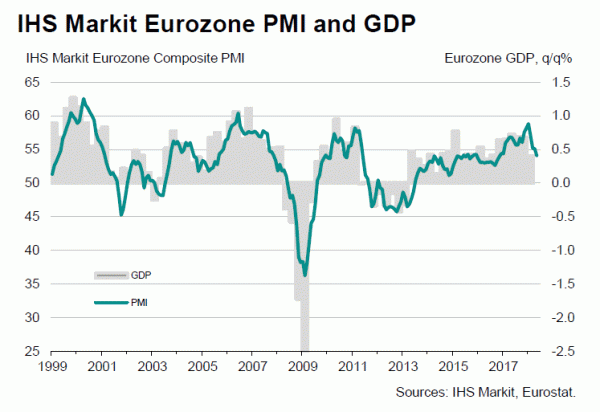
Comments from Chris Williamson, Chief Business Economist at IHS Markit:
“The May PMI brought yet another set of disappointing survey results, though once again a note of caution is required when interpreting the findings. While prior months have seen various factors such as extreme weather, strikes, illness and the timing of Easter dampen growth, May saw reports of business being adversely affected by an unusually high number of public holidays.
“Furthermore, despite the headline PMI dropping to an 18-month low, the survey remains at a level consistent with the eurozone economy growing at a reasonably solid rate of just over 0.4% in the second quarter.
“Job creation is also continuing to run at an encouragingly robust rate and optimism about the business outlook remains above its long-run average.
“However, it’s also becoming increasingly evident that underlying growth momentum has slowed compared to late last year, especially in relation to exports. Hiring has consequently shown signs of being reined-in. More expensive oil and rising wages are meanwhile continuing to push companies’ costs higher, but weak final demand means firms are struggling to pass these higher costs onto customers.
“Some of the fog will hopefully lift with the June PMI data, providing a clearer signal of the underlying growth momentum. Until then, however, it’s likely that the disappointing May survey results will rekindle some concerns regarding downside risks facing the euro area economy.”
Full release here.




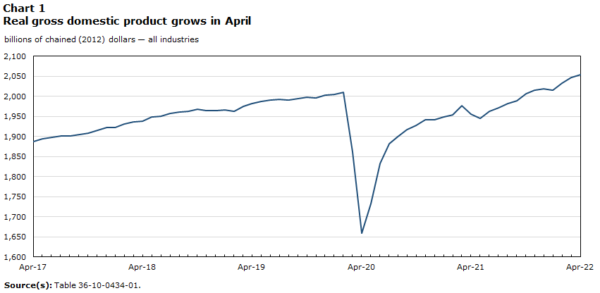
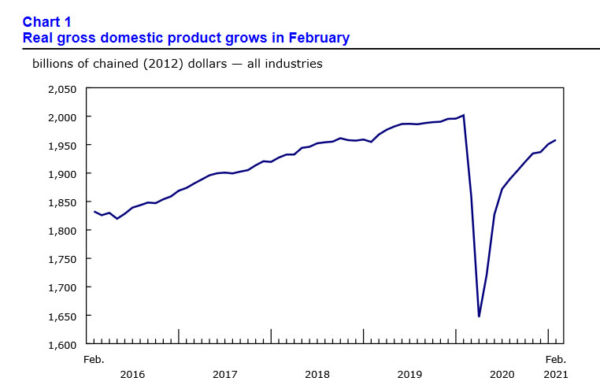

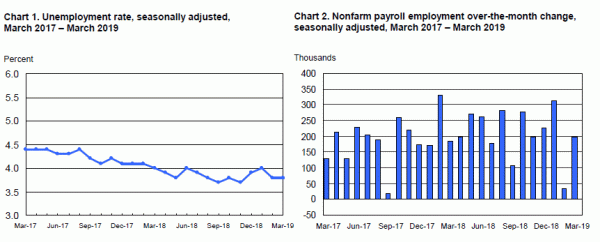
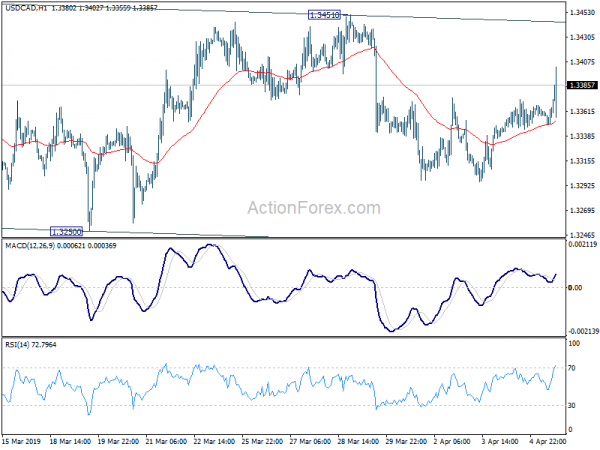
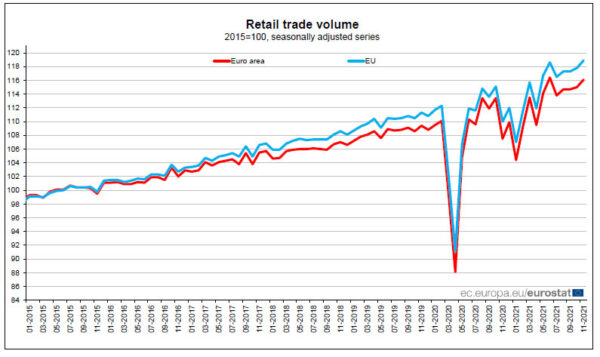
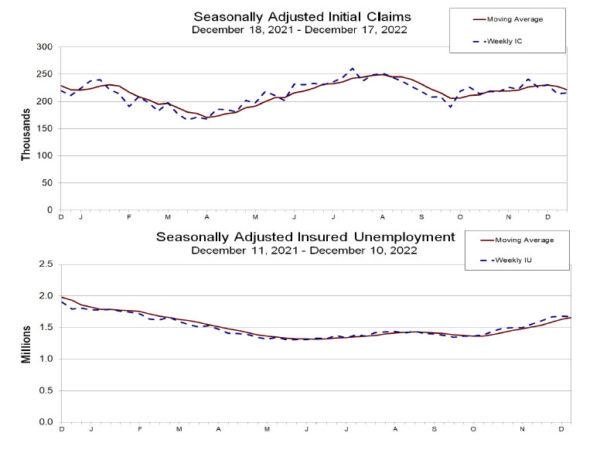
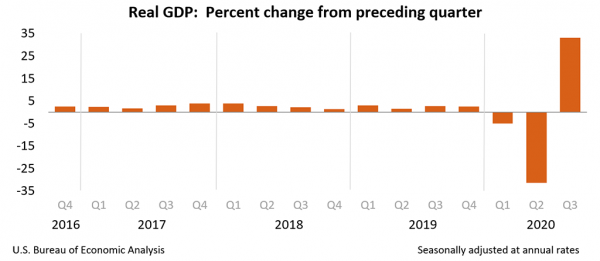

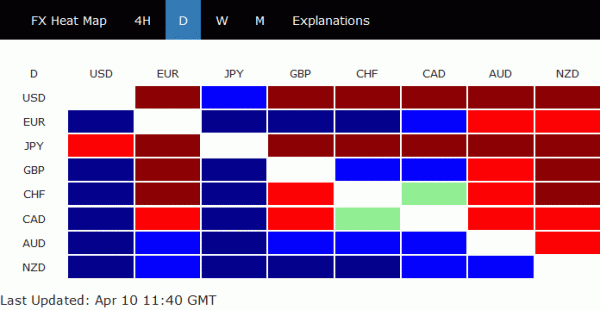
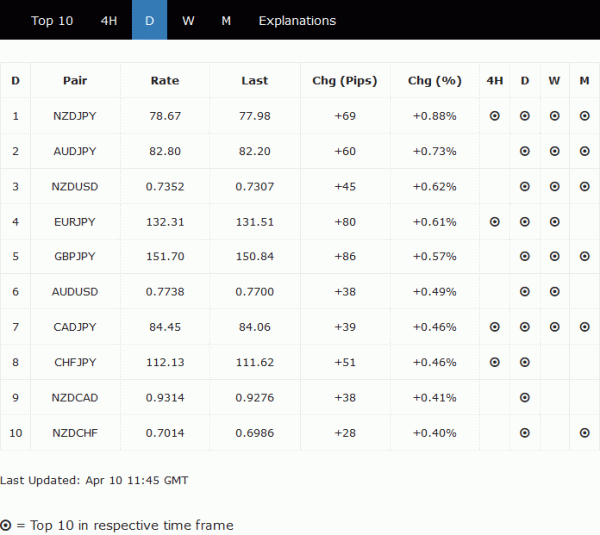
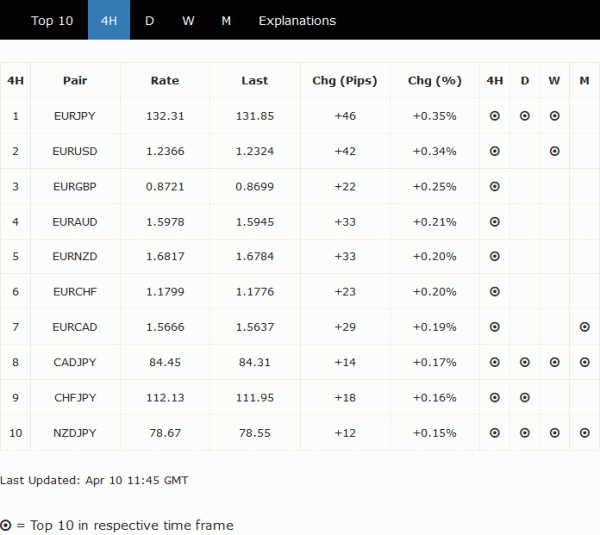
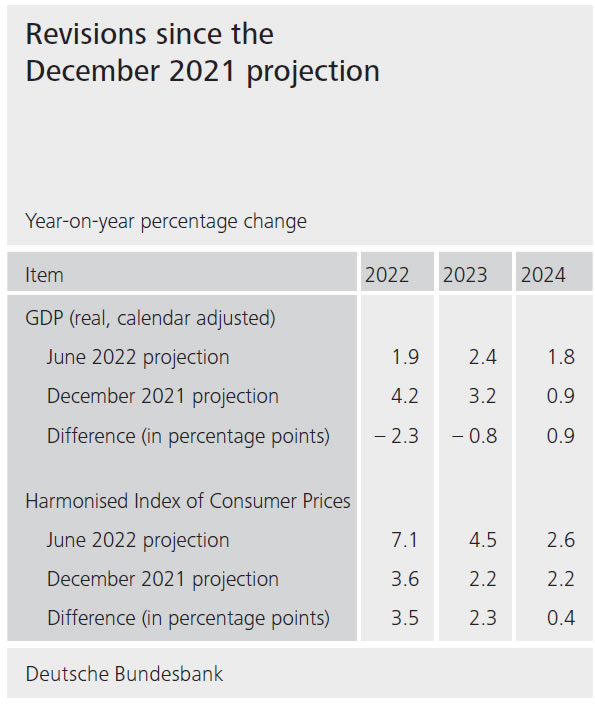

Germany ZEW dropped to -61.9, outlook worsened significantly
Germany ZEW Economist Sentiment dropped further from -55.3 to -61.9 in September, worse than expectation of -60. Current Situation index dropped from -47.6 to -60.5, below expectation of -50.5.
Eurozone ZEW Economic Sentiment dropped from -54.9 to -60.7, below expectation of -58.3. Current Situation index dropped -16.9 pts to -58.9.
“The ZEW Indicator of Economic Sentiment decreased again in September. Together with the more negative assessment of the current situation, the outlook for the next six months has deteriorated further. The prospect of energy shortages in winter has made expectations even more negative for large parts of the German industry. In addition, growth in China is assessed less favourably. The latest statistical figures already show a decline in incoming orders, production, and exports,” comments ZEW President Professor Achim Wambach on current expectations.
Full release here.